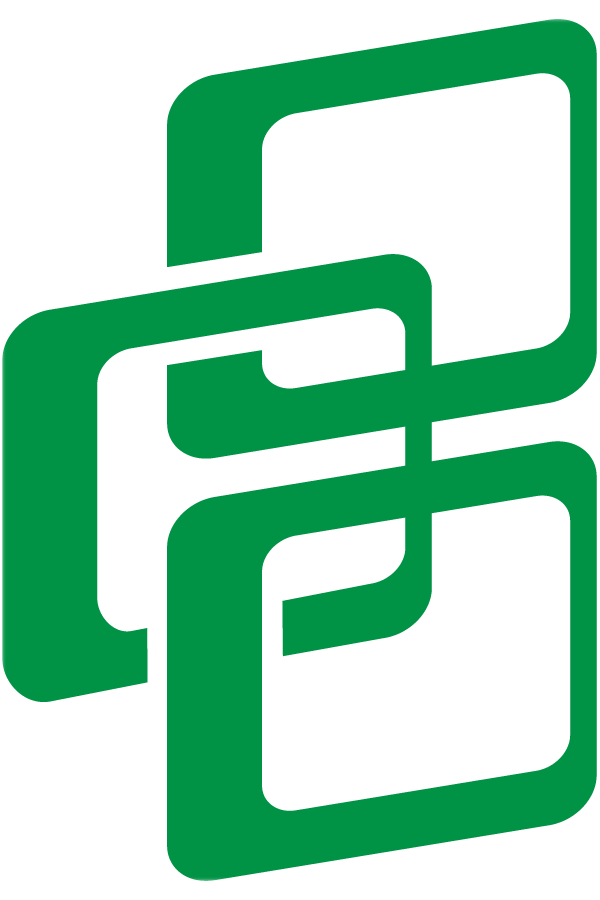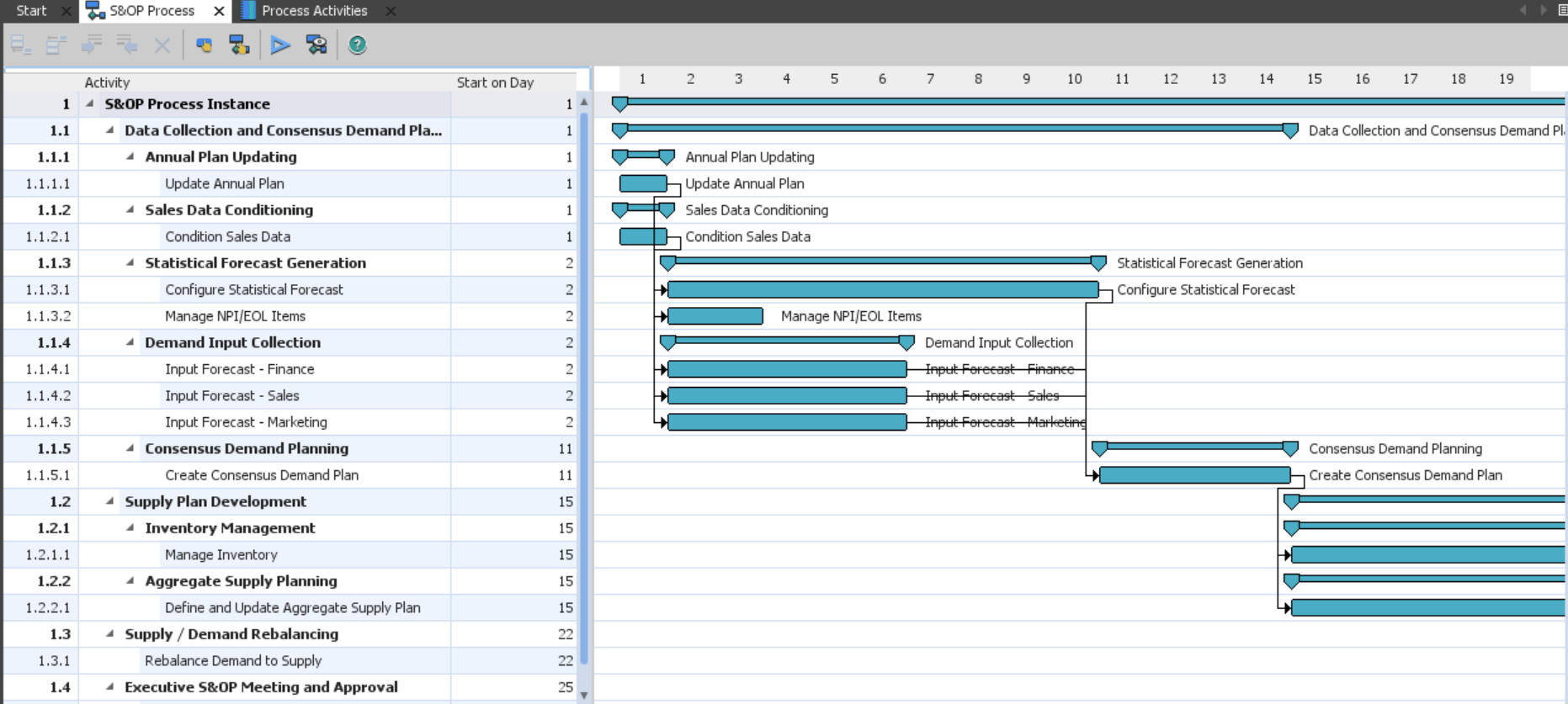How to Elevate the S&OP Process with Kinaxis RapidResponse
The S&OP process: It's everyone's favorite activity and the best part of the month…
Kidding aside, it really is a vital part of any organization and easily the most important part of the month. It's the process in which all facets of an organization come together and decide how to commit their assets for the coming month. Whether assets are physical resources or people, they're the way a business produces a product or service and makes money. So, how you determine what to make with those assets is crucial. Every month, leadership is faced with tradeoffs on how to utilize assets based on the demand and available capacity. As a result, they have to choose between various resolutions that offer the potential to help or hurt the company's strategic objectives.
Regardless of how imperative S&OP is, it can be tedious and labor-intensive without the right process steps and tools in place. First, the process must designed to meet the organization's needs and then it must be communicated and implemented throughout the organization.
A great starting point for the process is a product review to evaluate which new products and discontinued items should be factored into the forecast. Then, a multi-view demand forecast must be generated and a consensus reached to be passed on to supply. On the supply side, it's critical to identify where resource and material constraints exist and analyze various options to resolve them. Next, in the reconciliation or pre-S&OP meeting, managers must be able view those gaps in the plan and understand how they can be reconciled. Decisions then need to be made on how to constrain demand. And finally, at the executive S&OP, leadership must close the loop with Finance and determine what the best direction is for moving forward.
That's where Kinaxis RapidResponse comes into play. This tool is designed to bring all of your data into one system, enabling visibility and transparency which creates a single source of truth. All the way from the multi-view demand plan generation to the executive S&OP meeting, RapidResponse will transform the way you plan and move throughout the S&OP process.
No longer will the sales, marketing, finance and demand teams struggle to consolidate all of their plans into one place. RapidResponse is meant to incorporate all of this data from one place, regardless of whether each team is putting their forecast directly into the system or integrating from another source. The consensus demand planning view is designed so you can see each of these forecasts side by side. Additionally, the concurrent aspect of RapidResponse means that any changes made to the agreed upon unconstrained demand plan automatically run through the entire network and supply shortages are identified in an instant.
The multi-view consensus demand plan with an identified Demand Plan at Risk (supply shortage) based on the adjustments.
On the supply side, planners are provided with insight into the various resources or materials that are causing the constraint. Then, scenario planning enables them to test out various resolutions. Scenarios are designed to only track the changes made between the parent and child scenarios, which means that they can be created and loaded in a second. Further, planners can create as many as needed without worrying about impacting system performance (as long as proper maintenance for out-of-use scenarios is in place). With RapidResponse scenarios, planners have greater understanding of their choices and the decision cycle time is reduced.
The reporting features that are built into RapidResponse become crucial once moving into the reconciliation and executive S&OP meetings. Dashboards are an incredibly important part of the system and allow users at all levels to visualize their data, identify gaps and better understand proposed solutions. However, at the executive level these dashboards are vital for providing a visual representation of the metrics that matter most. Further, scorecards are an excellent way to line up scenarios side-by-side and evaluate how each one impacts key corporate metrics in different ways. Having all of this visibility in one system truly transforms the S&OP process and provides the transparency needed to make timely and informed decisions that will help the business grow.
Scorecards allow you to compare the outcome of various scenarios and see which generates the best overall metrics.
Beyond the innate design and capabilities of RapidResponse, the S&OP Foundation package was designed to streamline the S&OP process all the way from kickoff to promoting the plan that was agreed upon in executive S&OP. This package comes with a process instance design which allows a process owner to kick-off the S&OP process each month. All users will be notified and a calendar is designed to show everyone all parties involved when their contribution must be complete.
A company's unique S&OP process can be incorporated into the system, visualized as a Gantt chart and turned into a calendar view.
As mentioned, the scenario planning capabilities are a powerful feature of RapidResponse. As part of the S&OP Foundation package, specific S&OP scenarios are created each month for users to simulate various plans without affecting the current operating plan. Following the executive S&OP meeting, the S&OP Candidate scenario can be promoted up to the baseline plan and the working scenarios and prior month S&OP scenario will be archived. The archived scenarios allows planners to easily look back at the previous months to see how they solved various problems and also serve as a track record for performance over time.
Further, pre-configured task flows are provided to guide everyone, from the process owner to individual demand and supply planers to the C-suite, through each and every step of the S&OP process. No longer will individuals be wondering when or what should be completed for S&OP, as these task flows provide information on what should be completed at each stage and who to pass the plan onto next. The task flows also incorporate dashboards throughout to provide visibility and enable individuals to garner deeper insights about the plan. Planners can also use the Collaboration Center to easily communicate with each other directly in the system. It's incredibly easy to ask questions, provide feedback, or pass the plan along to others for their input throughout the entire process.
The S&OP Process - Demand Planner task flow outlines which steps of the process which involve the demand planner. A dashboard with demand-specific metrics is displayed.
So, that's an overview of how the RapidResponse platform and the S&OP Foundation package can support your S&OP process. If you're looking for a tool that better supports the maturity level of your S&OP process and decision making, contact us at SCM Connections for a system demo or to learn more about how RapidResponse can improve your efficiency.





